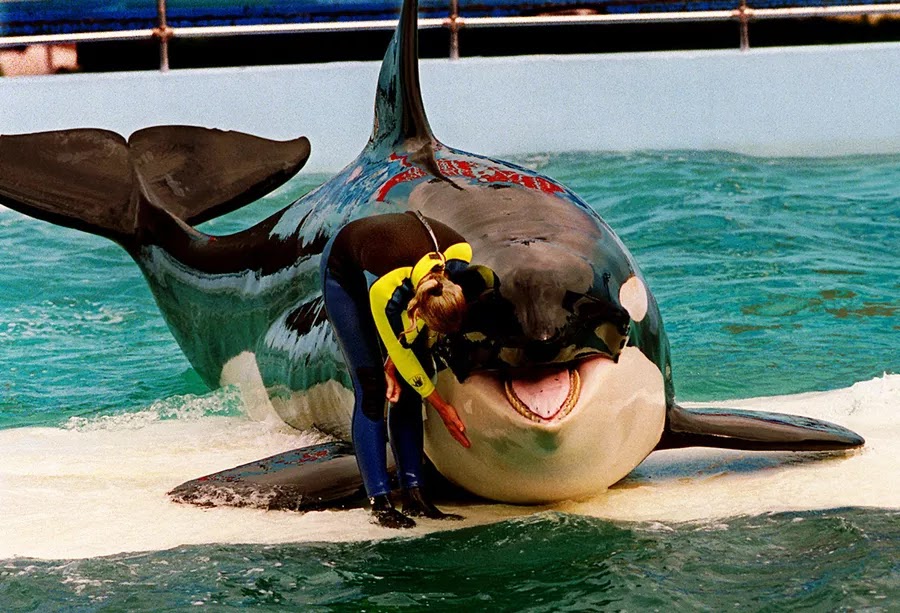It is possible that the elderly killer whale will soon make its way back to the waters off the coast of the Pacific Northwest, which is rumored to be the location of Lolita’s mother.
After being captured and held in captivity for the past 52 years, the killer whale known as Lolita may be released back into the ocean, where she may find her aging mother.
Lolita, also called Tokitae or Toki, was captured in the wild and brought to the Miami Seaquarium in the year 1970. According to The Guardian, animal rights activists are making headway in their decades-long fight to free Lolita. Lolita is also known as Tokitae.
The article claims that since 1970, the orca, who is now 56 years old, has been living and performing in what has been referred to as the tank that is the smallest in all of North America for captive killer whales.
The state of Lolita’s health has changed significantly over the years. The elderly whale is in “remarkably good form,” according to the specialists who were quoted in the article from the newspaper. This is despite the fact that she has outlived her tankmate Hugo. A cerebral aneurysm was the direct result of him repeatedly hitting his head against the walls of his enclosure, and he passed away in the year 1980.
In an interview with The Guardian, Howard Garrett, a whale researcher and campaigner for the Orca Network who has been fighting for Lolita’s release since 1995, said that she “is a miracle every day.” “She is still alive, which is against all chances. Her mental health, in my opinion, is what maintains her physical health.
According to the findings of an investigation conducted by the USDA into the care that the animal received at the Miami Seaquarium a year ago, she was given less food than was recommended and wasn’t drinking enough water.
According to the report, the attending veterinarian was also concerned that Toki wasn’t getting enough water (because marine animals absorb water from fish for their hydration needs) and that the lack of meal volume would make her uncomfortable and agitated. Both of these concerns were based on the fact that marine animals absorb water from fish for their hydration needs.
Freya the Walrus was put to death by Norwegian authorities because they feared for the safety of the general public.
“The AV also had problems with the Training Curator mandating the inclusion of rapid swims and huge jumps throughout training sessions and shows for this elderly whale,” the statement stated. The AV was concerned that Toki’s irregular bloodwork could result in overexertion and winding, which was, in fact, observed by the senior trainer as well as the assistant veterinarian. The AV came to the conclusion that Toki had most likely hit her lower jaw against the bottom flume or the bulkhead while she was swimming quickly. Toki sustained injuries to her lower mandible on February 25, March 10, and April 6 and 7, 2021, as indicated by the medical records of the patient.
The findings of the report and the fact that the facility’s new owners are open to the possibility of releasing the whale have provided campaigners with a reason for optimism, as stated by The Guardian. This optimism stems from the fact that the new owners of the facility are open to the idea of releasing the whale.
According to Newsweek, there is a chance that Lolita will soon be reunited with her mother, a 93-year-old whale known as L25 or “Ocean Sun.” Restoring Lolita to her former environment will involve risks, but it is possible that this will happen soon.
According to Newsweek, the senior animal is thought to still be present in the waters of the Salish Sea close to Puget Sound in the Pacific Northwest, where it is believed to be in charge of a pod of southern resident killer whales.









